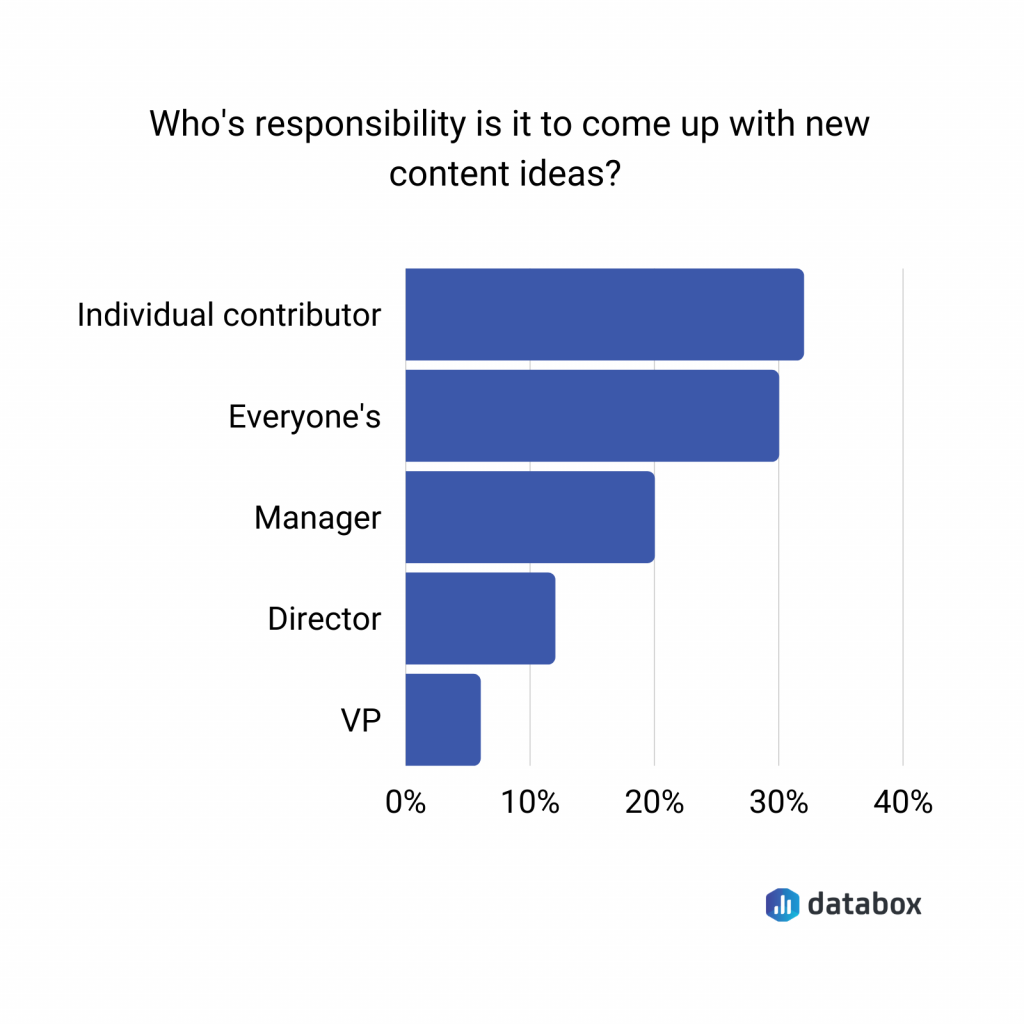It’s no secret that every content team goes through the process of building an Editorial calendar. Sometimes, it’s just easy to brainstorm and note down the topics, but sometimes you really get stuck. Well! that is common with every team. Reading further, we will talk about some of the winning content ideas for your editorial calendar.
What is an Editorial Calendar?
Before talking about ideas, let’s see what an editorial calendar is. In simple words, an editorial calendar is a document organized by content teams to keep track of published content and plan the content to be published in the future. The terms content calendar and editorial calendar are used interchangeably. It helps content teams plan their strategy and be transparent with the deadlines and dependencies to publish each content. Here are some of the benefits of managing an editorial calendar.
Content Ideas for your Editorial Calendar
Now that we know how valuable the editorial calendar is let’s get back to the concern you are here for.
1) Start Looking Through Your Comments
This is one of the greatest ways to write content that serves your audience right. You can pick some of your top-performing posts and see what people are talking about. They give feedback, asks questions, share problems, and talk about more things that they would need from your blog. It’s a good practice to get regular content ideas.
2) Talk About Customers Problems
Your target audience must be going through some challenges. You can highlight those in your blogs and talk about them in detail, providing valuable information to ease their pain points. Once you figure out a pain point, you can generate several content pieces. You can also build relevant keywords around it, and it will also help you understand what your audience is looking for. Your content does not just have to be relevant but also engaging.
3) Look for Ideas Outside the Content Team
Content ideas can have different sources. Only the content team doesn’t have to come up with an idea; go beyond and ask suggestions from sales, marketing and customer service teams. They are the frontline and deal with many customers and will undoubtedly have some ideas. Any interesting question has the potential to convert into a blog post that could solve a problem for many. According to a survey by databox, 30% of marketers said that generating new content ideas was everyone’s job.

4) Keep an Eye on Your Competitors
It’s always a good practice to monitor your competitors. You just have to track what is working well for them. So, now you have your topic because you know people engage with it. You now have to spend time making it more informative for your users, adding extra details. Going through the comments of those blog posts will also help as you can add those points that were missing from their blog. You can use Ubersuggest to see their top ranking pages and analyze more relevant metrics.
5) Give Your Goals Top Priority
Whereas you have to do some research to get good topics, some topics just require deep thought. And these are important ones. Basic topics should always be on your calendar. Think about your goals, your target audience and what you want to achieve through your content? Is it engagement, brand awareness, lead generation? Answering all these questions, you will have a list of relevant content.
6) Explore Topic Clusters
Hubspot introduced the topic clusters model, and it has become an essential part of content marketing today. While thinking of cluster topics, you may find many topics for your editorial calendar. Furthermore, with every cluster content you publish you gain, authority, trust and better ranking.

7) Scan Online Communities
Every online community has some fascinating conversations that involve a lot of questions. Take Quora, for example. Search for a broad topic like travel, and a lot of questions will come up. Make a list, and you will get a lot of topics to answer those questions. Once you create a blog, you can go back to quora share your blog link.
8) Use Google Trends
Google trends is an excellent way to see related topics and trending topics in a particular niche. It analyses the top search queries in multiple regions and languages.
9) Interview thought leaders
Interview blogs are engaging and informative at the same time. Inviting industry experts and thought leaders to talk about their perspectives and experience is a fantastic content piece. It benefits both ways. The experts love the opportunity to share their views, and readers love learning more about industry leaders.
10) Have a Guest Posting Program
People love guest posting nowadays. If you haven’t thought of it yet, it’s now time to introduce a guest posting program. Send an email to subscribers and users asking to guest post. You can reach out to writers on social media as well.
Extra Points
These were some of the content ideas to fill your editorial calendar. Other than the above list, here’s something else we think you would be interested in. How about increasing your audience reach by up to 4 times? Yes, it’s possible by introducing audio articles. Using Listen2it, you can easily convert your blog to audio to attract both listeners and readers. You can try it today!

Leave a Reply